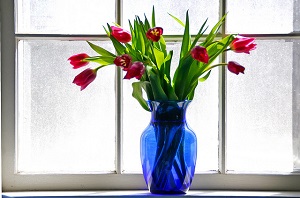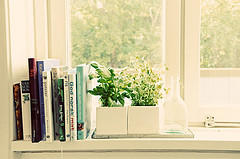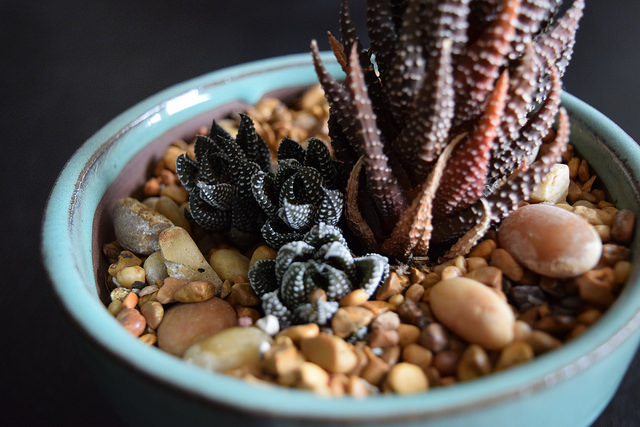Have you ever considered applying the art of feng shui to your home's decor? This 300-plus-year-old Chinese belief system involves organizing the home in a way that promotes the flow of energy, and you don’t have to be an experienced scholar in order to reap its many benefits. Use these simple feng shui tips for organizing your home.
- Get rid of clutter. This is one of the most important aspects of feng shui. If you don’t use it, get rid of it. Try donating, gifting or recycling unused items.
- Know the health “trinity.” The feng shui trinity includes the bedroom, bathroom, and kitchen, the rooms most associated with health and vitality. Keep these areas clean, filled with light, and free of clutter.
- Properly position your furniture. Your furniture should allow for easy flow and movement from one room to the next. Avoid blocking doors or walkways, and keep hidden areas (like closets) free of blockages.
- Consider color. Colors like red and orange are associated with passion and energy, so use these in offices or dining rooms. Soothing shades of blue and green promote trust, peace, and harmony in the bedroom or bathroom, while cheerful yellow should be kept to the kitchen.
- Clean up the air. Add plants throughout your home to promote air purity, and keep the windows open as often as weather permits.
How To Create Good Feng Shui in Your Home [About.com]
Feng Shui Basics [Feng Shui For Real Life]
Feng Shui Basics: How Your Space Can Affect Your Mood [Tiny Buddha]




 Equal Housing Opportunity
Equal Housing Opportunity